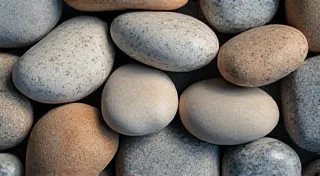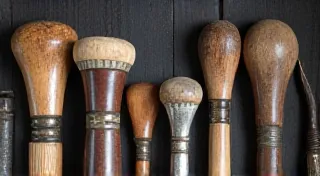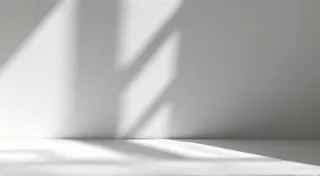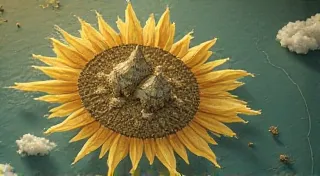The Geometry of Growth: Finding Order in Botanical Form
There’s a quiet beauty in the worn bellows of an antique accordion, a beauty born not just from the polished wood and intricate keys, but from the elegant engineering within. Each reed vibrates with a precise, mathematical frequency, contributing to a symphony of sound. Just as a skilled accordion maker understands the physics of resonance, a botanical artist can unlock a deeper understanding of plant life by appreciating the underlying geometry of growth. For years, I'm a pen and ink illustrator. And discovering this relationship has profoundly shifted my approach to botanical illustration.
My initial forays into drawing plants were, frankly, a struggle. I’d painstakingly copy leaves, focusing on rendering the veins with a frustrating lack of grace. My flowers felt stiff and lifeless. The problem wasn't a lack of effort, but a lack of understanding. I was drawing *what* I saw, not *why* it looked the way it did. I needed to understand the principles at play; I needed to see the geometry.
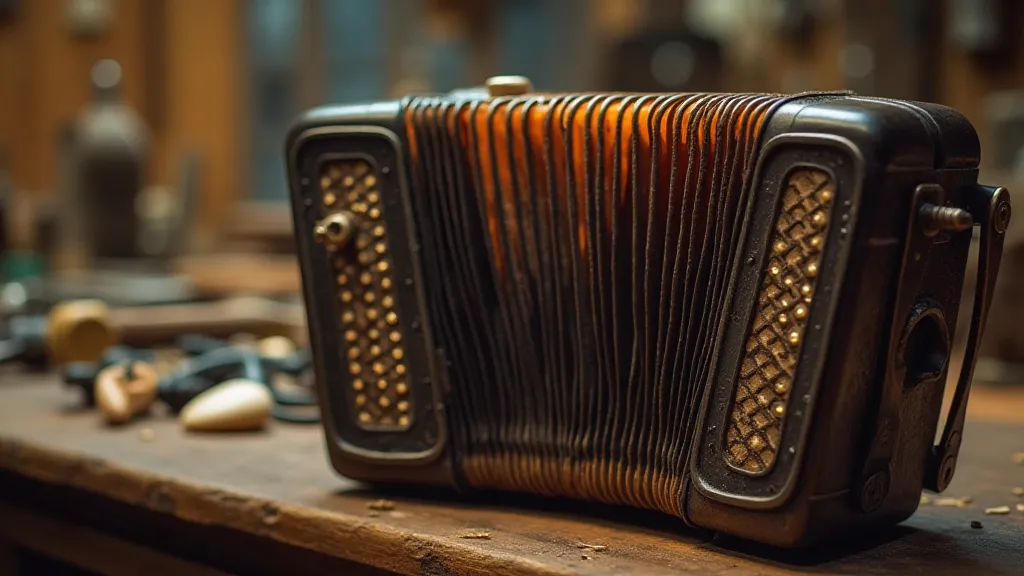
The Fibonacci Sequence and Phyllotaxis
Let's begin with phyllotaxis – the arrangement of leaves on a plant stem. It’s not random. Many plants exhibit patterns that adhere remarkably close to the Fibonacci sequence (1, 1, 2, 3, 5, 8, 13, and so on), where each number is the sum of the two preceding ones. This sequence dictates the spiral arrangement of leaves, branches, and even seeds in countless species, from sunflowers to pine cones. This isn't a coincidence; it’s a consequence of maximizing sunlight exposure and optimizing space. The angle between successive leaves is frequently close to the ‘golden angle’ (approximately 137.5 degrees), a direct result of the Fibonacci sequence.
When I first grasped this concept, it felt like uncovering a hidden language. Suddenly, the seemingly chaotic arrangement of leaves on a maple branch revealed itself to be a beautifully ordered system. My illustrations immediately improved because I stopped simply copying and started interpreting. I began to consider the underlying spiral, the implied angles, and the purposeful distribution of foliage. Rendering the *feeling* of growth, rather than just the appearance, became my focus.
Spiral Geometry in Flowers
The geometry doesn’t stop with leaves. Consider the arrangement of petals on a flower. Many flowers, like daisies and marigolds, display a spiral pattern in their petal arrangement. This isn't merely aesthetic; it's a packing solution, allowing the flower to accommodate the maximum number of petals within a given space. Just as honeycomb structures utilize hexagonal patterns for optimal strength and resource efficiency, floral petal arrangements represent a natural solution to a spatial problem.
As a pen and ink artist, the challenge is to convey this underlying order without explicitly drawing the spiral. It's about hinting at the geometry through the placement of lines, the curvature of petals, and the overall composition. A subtle suggestion of the spiral is far more evocative than a literal depiction.
Rendering Plant Textures Through Understanding Structure
Beyond the overall arrangement, understanding the underlying anatomy informs how we render textures. A leaf’s surface isn’t simply flat; it’s a complex interplay of cells, ridges, and depressions. Think about the intricate surface of a rose petal - it isn't smooth. Recognizing that these surface details are a consequence of the plant’s growth process – the way cells expand and differentiate – allows for a more nuanced rendering.
For example, the subtle waviness of a leaf's edge can be attributed to the growth patterns of the leaf margin. Rather than drawing a perfect, symmetrical curve, observe how the growth is uneven, how certain areas protrude more than others. Small imperfections – the tiny bumps, the slight variations in color – contribute to the feeling of life. These aren’t errors to be erased; they're evidence of the plant's unique history.
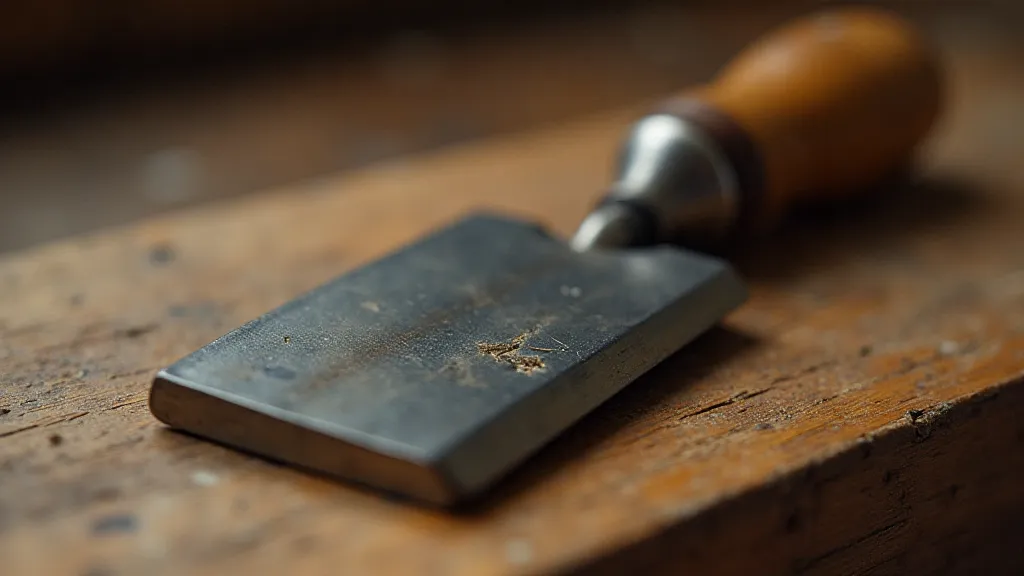
Shading and Value: Revealing Form with Pen and Ink
Shading in pen and ink is a crucial element in conveying form. Using cross-hatching and stippling, we can manipulate the value (lightness or darkness) to create the illusion of three-dimensionality. But simply applying shading randomly won't suffice. You need to understand which areas are naturally darker due to their position relative to a light source, and how the underlying geometry influences the distribution of light and shadow.
Imagine the curve of a petal. The inner curve will be shaded more heavily than the outer curve, not just because of the angle, but also because it blocks more of the light. The thicker the line, the darker the value. Carefully observe the plant to determine where shadows fall and how they shape the overall form. A good exercise is to squint at the subject – this will simplify the tonal values and help you identify the main areas of light and dark.
Watercolor and Ink Combination: Echoing Natural Hues
For those who wish to combine pen and ink with watercolor, understanding the plant’s physiology is equally important. The subtle variations in color are not arbitrary; they are influenced by factors such as pigment distribution, chlorophyll concentration, and exposure to sunlight. Observing these nuances will help you create a more accurate and realistic portrayal.
Think about the color variations on a leaf's surface. The parts exposed to direct sunlight will be a richer green than the shaded areas. Using watercolor to represent these variations adds depth and realism to the illustration.
Drawing Scientific Illustrations: Precision and Clarity
The principles discussed here are particularly relevant to scientific illustration, where accuracy and clarity are paramount. A scientific illustration isn't about artistic interpretation; it's about providing a faithful representation of the subject for scientific study. Precise rendering of anatomical details and adherence to established conventions are essential.
Even in scientific illustration, however, an understanding of geometry can be invaluable. Accurately portraying the proportions of different plant parts is critical, and this requires a keen eye for spatial relationships and a grasp of the underlying anatomical structure. Sometimes, a very slight adjustment to line placement can dramatically improve the perception of the plant’s true form.

The Enduring Beauty of Observation
Ultimately, the geometry of growth is just one lens through which to appreciate the beauty of plants. But it’s a powerful lens. By understanding the underlying principles that govern plant form, we can move beyond mere imitation and create illustrations that are both technically accurate and emotionally resonant. Just as the maker of an antique accordion poured their knowledge and skill into crafting an instrument of enduring beauty, we as botanical artists can strive to capture the essence of life in our illustrations. It requires dedication and an unwavering commitment to observation – a continual return to the source, the plant itself. And in that process, we discover not just the geometry of growth, but a deeper connection to the natural world.
